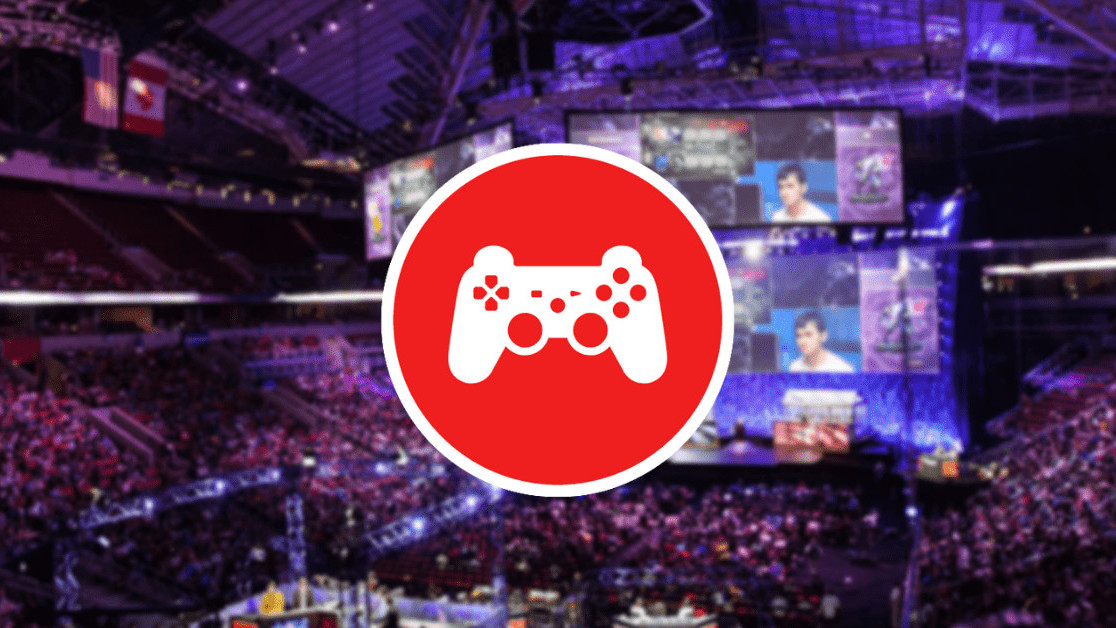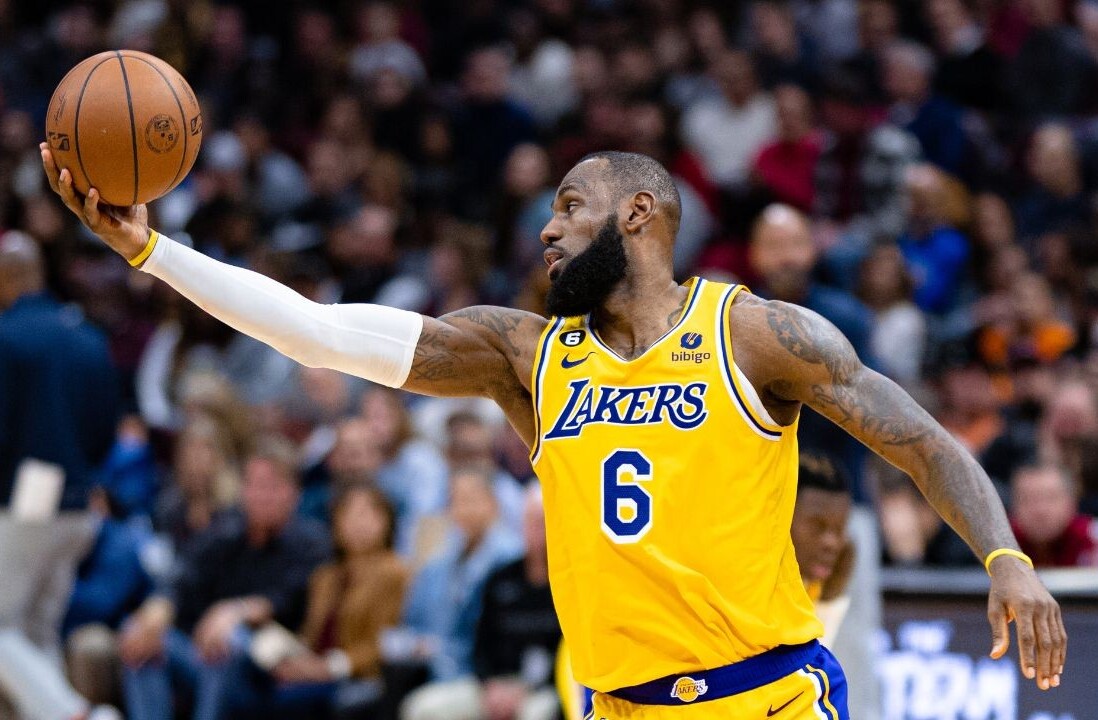My new Q3 Global Digital Statshot report – published in partnership with We Are Social and Hootsuite – reveals that almost 1 billion people around the world are already watching video game tournaments.
Data from GlobalWebIndex shows that ‘esports’ audiences have grown by close to 50 percent over the past 12 months, with 22 percent of all internet users saying they’ve watched a video game tournament in recent months.
Esports win with younger audiences
The number of 16 to 24-year-olds watching esports is growing even faster, with the latest data suggesting that global audiences in this age group are up by more than 60 percent since this time last year.


Major league success
An overall audience of 1 billion people doesn’t quite match the 3.5 billion people who watch the Olympics or the FIFA World Cup, but you may be surprised to learn how big esports have become.
For context, the global esports audience is already:
- Double the size of the global audience for Formula 1 motor racing;
- 8 times bigger than the TV audience for the baseball World Series; and
- 10 times bigger than the number of people who watched the 2019 Super Bowl.
GlobalWebIndex also reports that people spent more than 6 billion hours watching esports in 2018, up by almost a fifth since 2015.
Rebalancing the playing field
Interest in esports still isn’t evenly distributed though, with people in Asia much more likely to be fans.
40 percent of internet users in China – equivalent to more than 300 million people – already report watching esports, while one-third of internet users in Vietnam say they’ve recently watched a video game tournament.
However, it’s taking longer for the trend to catch on in the West. Less than 10 percent of internet users in North America and Europe watch esports today, which may explain why marketing budgets continue to lag.

Casual spectators
The potential of esports extends well beyond big tournaments too, as the popularity of streaming platforms like Twitch demonstrate.
GlobalWebIndex’s latest data show that nearly 3 in every 10 internet users now watch live streams of other people playing video games, equating to a global audience of close to 1.25 billion people.


The marketing opportunity
With roughly 1 in 6 adults around the world already watching video game tournaments today, and with tens of millions of new spectators starting to watch every month, the esports opportunity only looks set to grow.
Gaming enthusiasts are a notoriously tough audience though, and the size of the esports audience isn’t the only thing that marketers need to consider. As with all sports marketing, the secret to success involves understanding your audience’s motivations for watching, and identifying how you can actively enhance their enjoyment.
Simply sticking a logo on the hoardings won’t endear your brand to savvy esports fans; you need to deliver something that makes the audience’s experience better than it would have been without your brand’s involvement.
However, you don’t need to be a headline sponsor to achieve this. A great example of targeted sports marketing is Omega’s role as the official timekeeping partner of the Olympics. The brand provides technical excellence for one of the most important aspects of the Games – identifying who actually won – while simultaneously offering clear, relevant visibility for the brand in moments when the audience is most likely to be engaged.
That’s the kind of win-win you’re looking for in esports marketing: activities that actively add value to the experience, as well as to your brand’s bottom line.
If you’re looking for more great insights into the current state of digital around the world, check out the rest of our stories from this quarter’s update.
Get the TNW newsletter
Get the most important tech news in your inbox each week.






